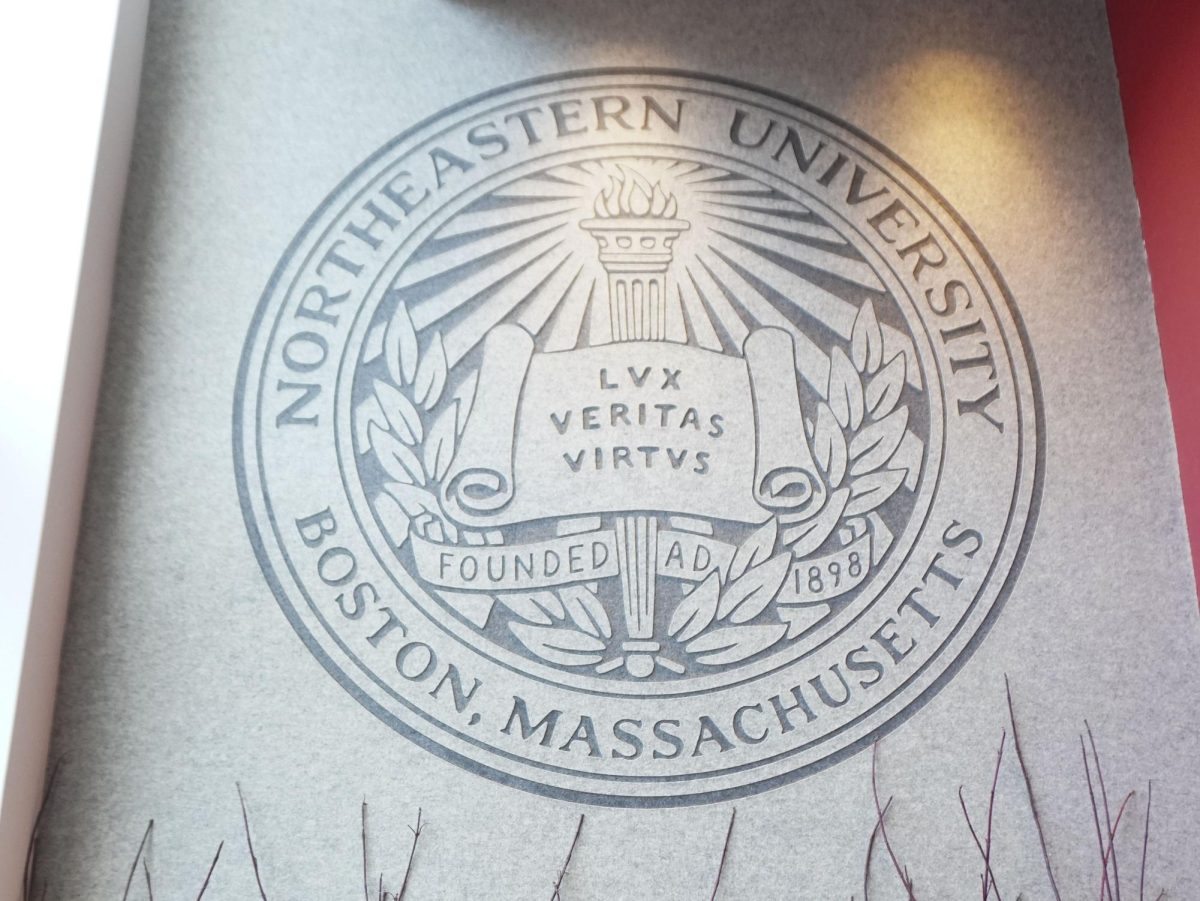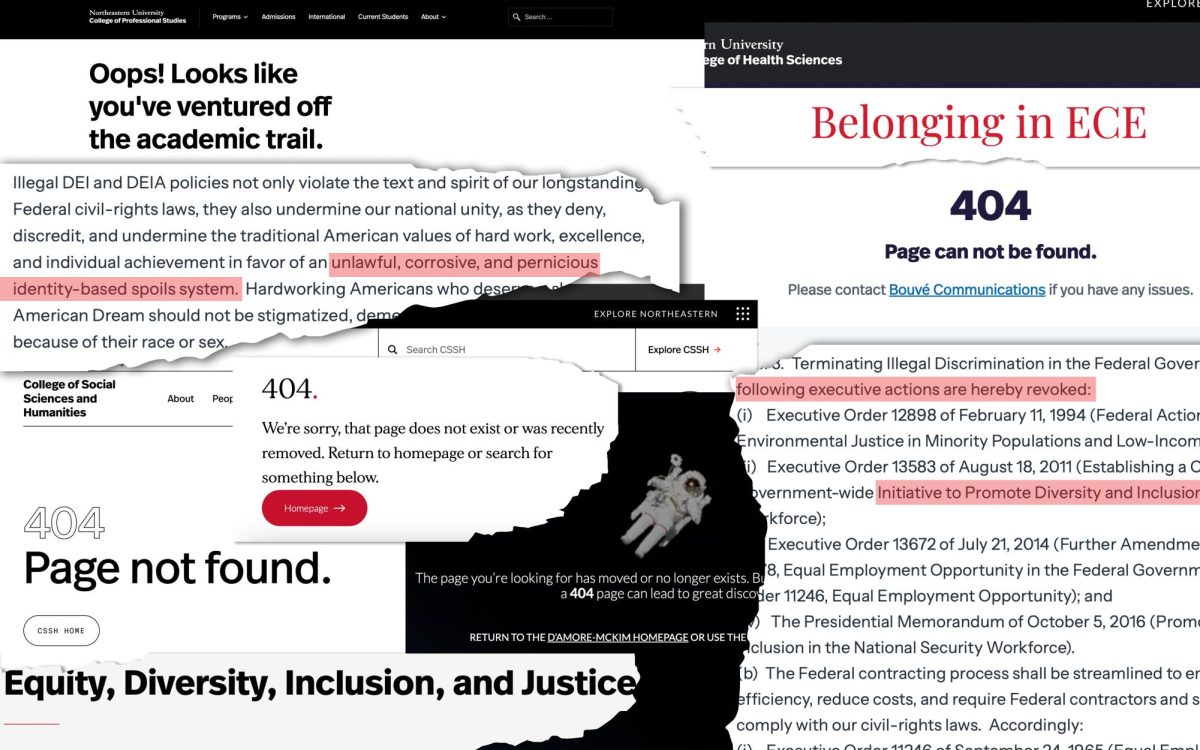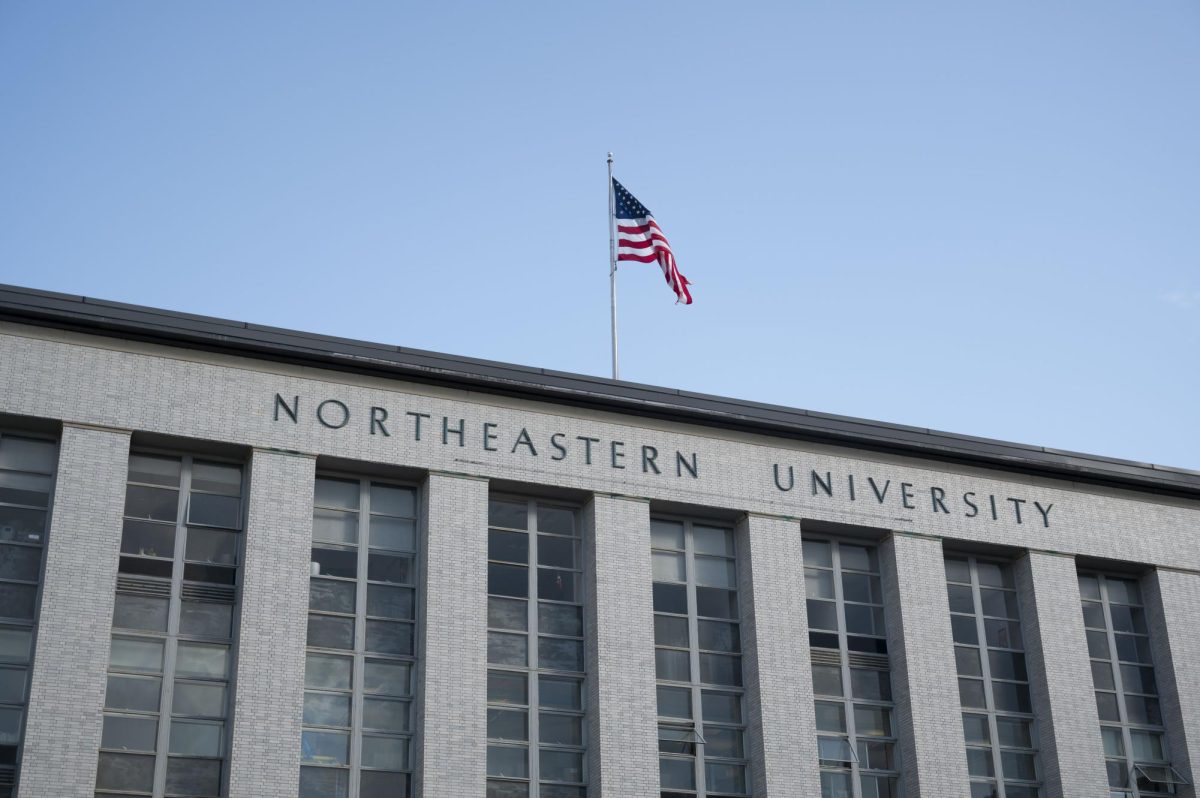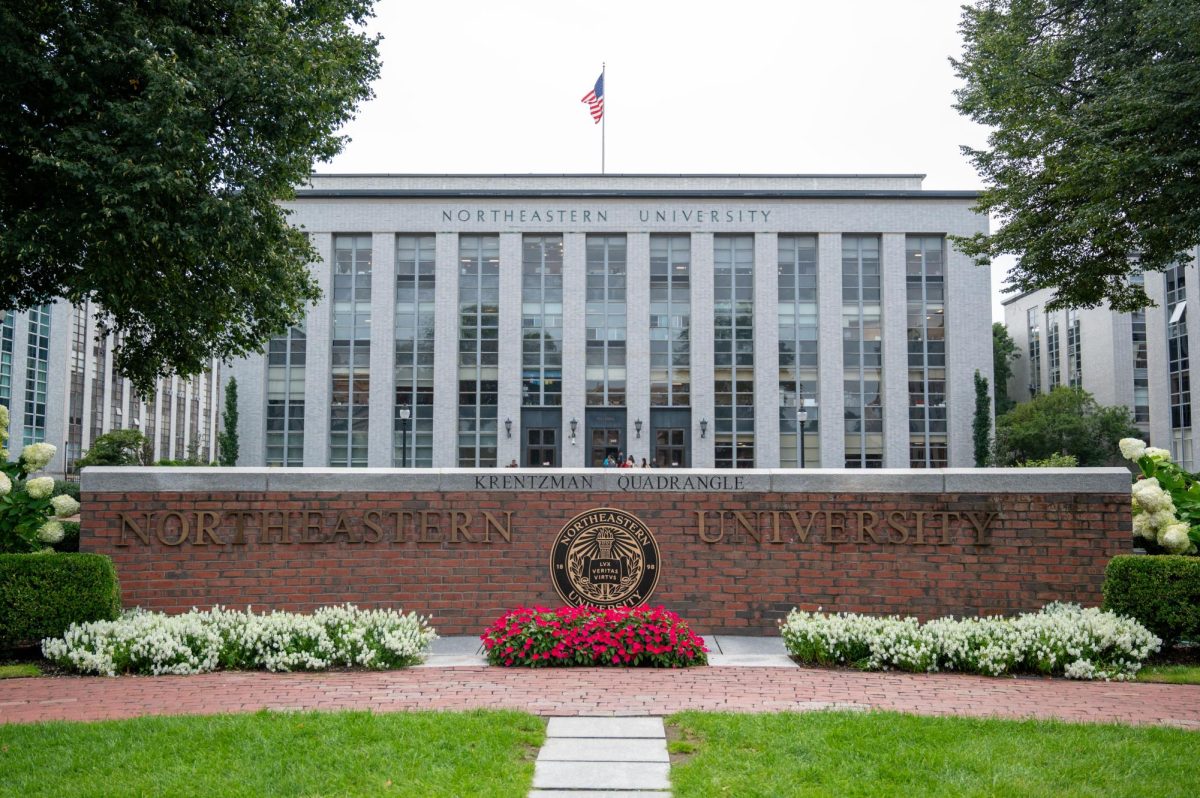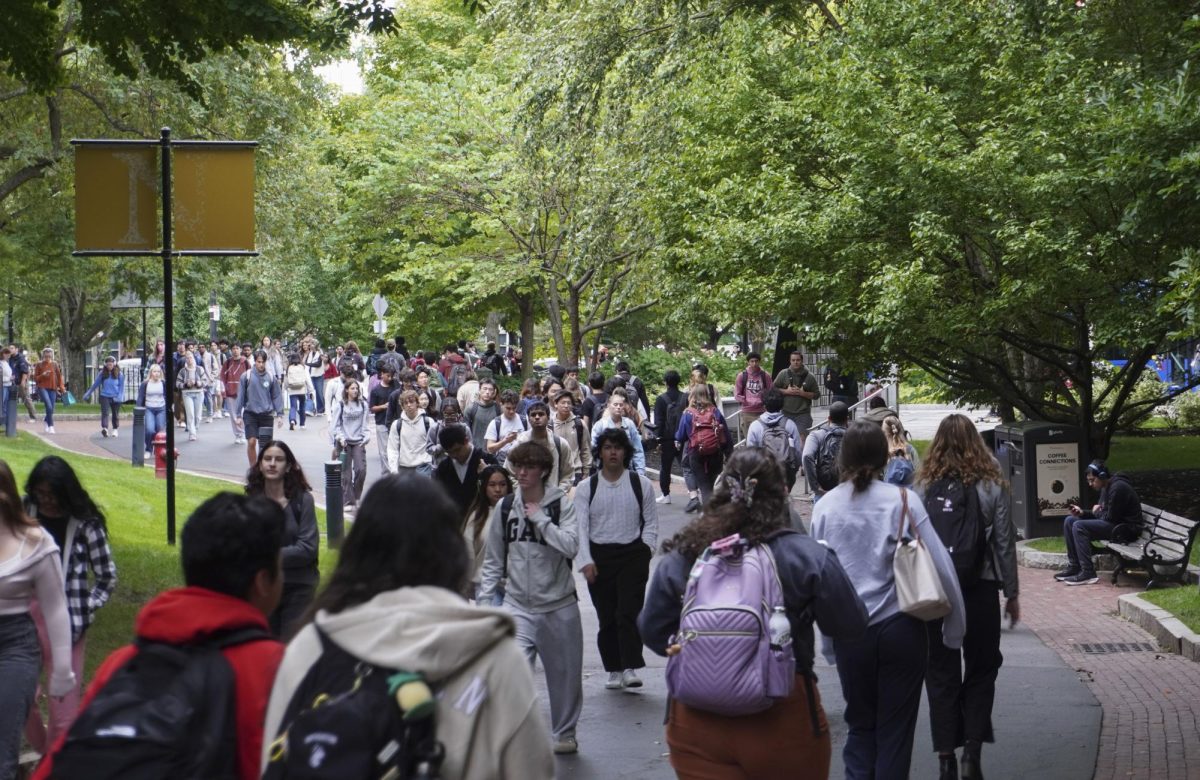Peter Roby put it best Tuesday when he described what has changed at Northeastern since the Athletics Review Panel was convened last November.
“We started this review process sponsoring 19 intercollegiate sports, and we will continue to sponsor 19 intercollegiate sports going forward,” the athletics director said during a press conference at Matthews Arena.
However, besides unveiling a plan that aligns a big-name donor with a fundraising push geared toward athletics, Roby’s recommendations lacked the punch to provide the change he has maintained as necessary for success.
Early in his remarks, Roby stood before a crowd peppered with senior administrators and panel members, many of whom were content standing in the back rather than sitting near the podium, and shared the initial assumptions he believed as he began the process.
“Mediocrity is not acceptable, and that’s been made clear by any number of people that I’ve talked to representing different stockholder groups at Northeastern,” he said. “We are all interested in doing what we can to make sure that’s not what we settle for.”
Heading that fundraising charge is George Behrakis, a 1957 alumnus who once gave Northeastern about $8 million, the largest gift it has ever received from an individual. Behrakis has also donated at least $25 million to the Museum of Fine Arts during the last decade.
Roby said he had approached Behrakis about heading the committee, but would not disclose whether the former pharmaceutical tycoon has pledged additional financial resources.
“There is no number that George has committed to, but George has a long history of supporting Northeastern financially,” Roby said in an interview. “Just as important as any amount of money that George may commit is the number of people he may be able to engage in conversation around them joining him in giving their money to Northeastern.”
This much is clear: Behrakis will have his work cut out for him.
Northeastern athletics operates on a $3.5 million shortfall each year just covering scholarships, salaries and recruiting costs.
The football program, the most demanding of its operating costs and the likely target if Roby had decided to cut a sport to realign his department’s resources, accounted for $465,577 out of a total $1.8 million spent by Northeastern athletics on men’s and women’s teams in 2006, according to government figures.
On first glance, those numbers don’t look too bad, compared to the $380,016 that the University of New Hampshire laid down for football last year, or Hofstra University’s pigskin price tag of $682,188. Hofstra and UNH tied for sixth in the league while Northeastern shared its ninth ranking with two other schools last season.
But costs take on a new meaning considering universities have to pony up the full fare for each athletic scholarship offered: Northeastern takes the lead at $42,510, Hofstra ranks second at $16,300 and UNH pulls up the rear with an in-state cost of $6,926 per year.
All of a sudden, despite part one of Roby’s recommendations, Northeastern doesn’t look nearly as excellent and distinctive.
The other key component, improving the university’s existing athletic facilities, could lead to a more positive athletic experience for students, but it likely won’t put teams any closer to winning a championship once every four years, a benchmark Roby has set so each student has a shot at bringing it home during their playing time.
It’s hard to imagine what would change the minds of city officials and community leaders that would make them more willing to support plans for a stadium near campus. Likewise, the question remains on whether potential donors and other big-name alumni will play ball with Northeastern and hand over a check if they’re unsure what it will go toward.
Panel members may not have wanted to sit too close to the podium Tuesday, but many of them will be first to admit that Roby has been in a tough spot, stuck between an embattled president who came from a university where football is played on a national spotlight, and a loyal alumni base with close ties to the region.
For more than half a year, he could have sat by and wondered aloud, “To cut, or not to cut,” knowing full well he would have met opposition in both directions.
Instead, by electing to increase funding and improve existing facilities, Roby has chosen to walk a middle ground that may, for today, satisfy both sides, but ultimately keep the seat warm for mediocrity.



